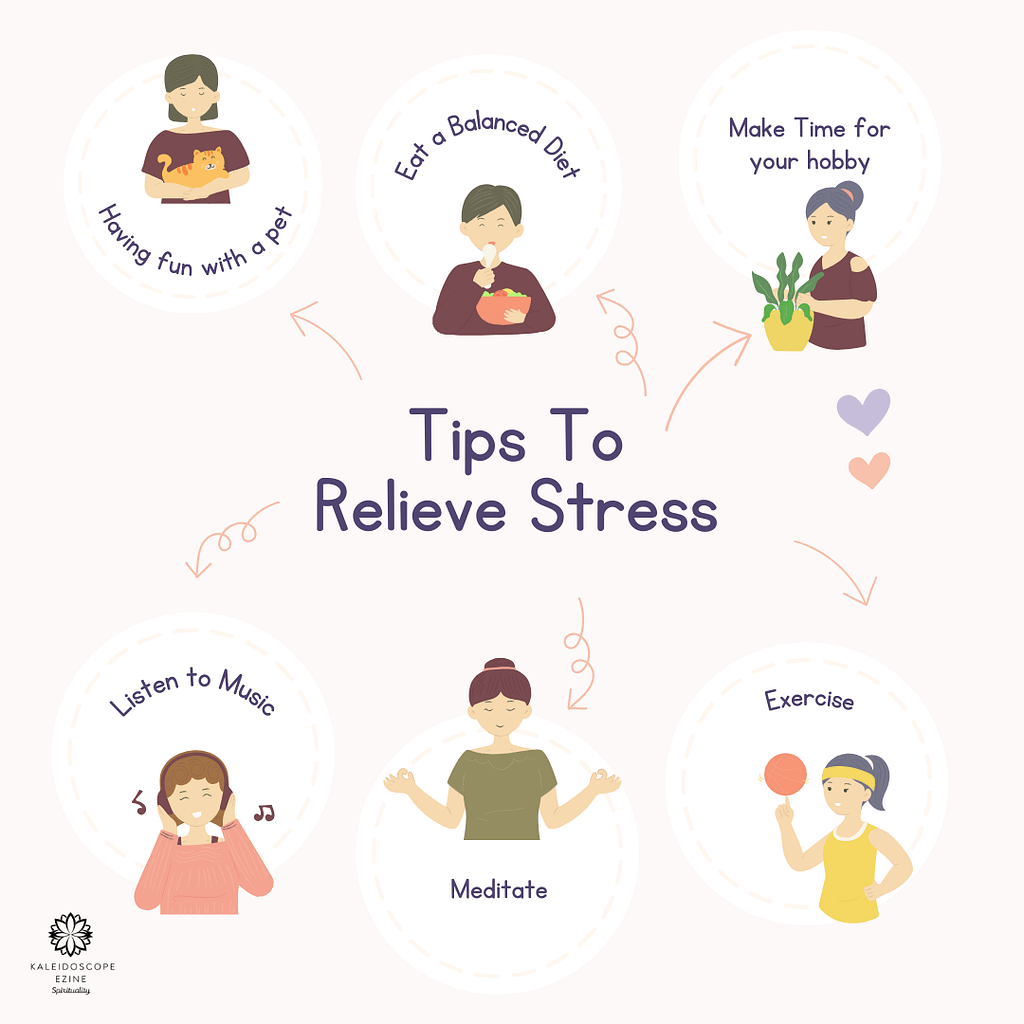In today’s fast-paced and demanding world, stress has become an unwelcome companion for many. The constant juggling of responsibilities, deadlines, and expectations can leave us feeling overwhelmed and drained. This is where mindfulness meditation comes to our rescue, offering a powerful tool to manage stress and cultivate a sense of inner calm. In this comprehensive guide, we’ll delve into the world of mindfulness meditation for stress relief, exploring its benefits, techniques, and practical tips to integrate this practice into our daily lives.
Understanding Mindfulness Meditation
What is Mindfulness Meditation?
Mindfulness meditation is a centuries-old practice rooted in ancient Eastern traditions, and it’s now gaining widespread recognition in the Western world as a potent antidote to stress. At its core, mindfulness meditation involves intentionally focusing our attention on the present moment, and observing our thoughts, emotions, and sensations without judgment. This practice encourages us to embrace our experiences without clinging to them or pushing them away, fostering a sense of equanimity and acceptance.
The Science Behind Mindfulness Meditation
Numerous studies have highlighted the positive impact of mindfulness meditation on our mental and physical well-being. It has been shown to reduce the production of stress hormones, lower blood pressure, and even enhance immune function. The practice rewires the brain’s neural pathways, promoting emotional regulation and increasing the brain’s capacity for empathy and compassion.

Benefits of Mindfulness Meditation for Stress Relief
- Stress Reduction: Mindfulness meditation acts as a reset button for our minds, allowing us to step back from the whirlwind of stress and regain our balance. By focusing on the present moment, we release worries about the past and anxieties about the future, providing immediate relief from stress.
- Enhanced Self-Awareness: By observing our thoughts and feelings without judgment, we become more attuned to our emotional patterns and triggers. This heightened self-awareness empowers us to recognize stressors before they escalate and choose more mindful responses.
- Improved Focus and Concentration: Regular practice of mindfulness meditation enhances our ability to concentrate on tasks, leading to increased productivity and efficiency. By training our minds to stay present, we reduce distractions that often contribute to stress.
- Emotional Regulation: Mindfulness equips us with the tools to manage our emotions, preventing us from being carried away by them in stressful situations. When faced with a challenge, we can respond thoughtfully instead of reacting impulsively, leading to more favorable outcomes.
- Better Relationships: As we cultivate compassion and empathy towards ourselves, we naturally extend these qualities to others, fostering healthier and more fulfilling relationships. Mindfulness meditation helps us communicate more authentically and understand the perspectives of those around us.
Getting Started with Mindfulness Meditation
Creating a Serene Meditation Space
Before delving into mindfulness meditation, it’s crucial to set up a comfortable and distraction-free environment. Consider the following:
- Choose a Quiet Spot: Select a place where you’re unlikely to be disturbed, allowing you to fully immerse yourself in the practice. This space could be a corner of your room, a serene garden, or even a dedicated meditation room.
- Comfortable Seating: Whether on a cushion or a chair, opt for a seating arrangement that promotes good posture and comfort. A straight back encourages alertness while meditating.
- Dim Lighting: Soft, dim lighting can help create a calming ambiance. If possible, use natural light or place a few candles around the room for a soothing glow.
- Personal Touches: Consider adding elements that resonate with you, such as calming artwork, a small indoor fountain, or objects from nature. These personal touches can enhance the atmosphere and make the space feel inviting.
Mindfulness Meditation Techniques
Breath Awareness
- Find a comfortable seated position.
- Close your eyes and bring your attention to your breath.
- Observe the natural rhythm of your breath without trying to control it.
- If your mind wanders, gently guide your focus back to your breath. Remember, the breath serves as an anchor to the present moment.
Body Scan
- Lie down in a relaxed position.
- Start by focusing your attention on your toes, then slowly move up through your body, paying attention to each body part.
- Notice any sensations, tension, or areas of relaxation. The body scan helps us cultivate a deeper connection with our physical sensations and release bodily tension that accumulates due to stress.
Loving-Kindness Meditation
- Begin with a few deep breaths to center yourself.
- Repeat positive affirmations or phrases such as “May I be happy, may I be healthy, may I live with ease.” These phrases reflect our desire for well-being and inner peace.
- Gradually extend these well wishes to loved ones, acquaintances, and even those you may have conflicts with. This practice fosters compassion and empathy, which contribute to stress reduction and improved relationships.
Incorporating Mindfulness into Daily Life
Mindful Eating
- Pay attention to the colors, textures, and flavors of your food. Engage your senses fully in the act of eating.
- Chew slowly and savor each bite. This not only enhances digestion but also encourages mindfulness during meals.
- Put away distractions like screens and focus solely on your meal. By eliminating external stimuli, you create a space to appreciate the nourishment and enjoyment that food brings.
Mindful Movement
- Engage in activities like yoga or tai chi mindfully. These practices combine movement with breath, promoting a heightened sense of awareness.
- Notice the sensations in your body as you move. Feel the stretch of your muscles, the rhythm of your breath, and the connection between your mind and body.
- Keep your attention on your body’s movements and your breath. This prevents your mind from wandering and grounds you in the present moment.
Mindful Breathing Breaks
- Set aside a few minutes throughout your day for mindful breathing. These short breaks offer a reset for your mind and body.
- Close your eyes, take a deep breath, and let it out slowly. Feel the sensation of the breath entering and leaving your body.
- Focus solely on your breath, allowing your thoughts to gently drift away. If your mind becomes active, acknowledge the thoughts without judgment and return to the rhythm of your breath.
Overcoming Common Challenges
- Restless Mind: It’s natural for the mind to wander during meditation. When you notice this happening, gently guide your focus back to your chosen point of attention, whether it’s your breath or a body sensation. Avoid self-criticism and instead view wandering thoughts as opportunities to practice bringing your attention back.
- Impatience: Don’t expect immediate results. Mindfulness meditation is a practice that unfolds gradually over time. Be patient with yourself and acknowledge that progress is made through consistent effort.
- Consistency: Establishing a regular meditation routine can be challenging. Start small, perhaps with just a few minutes a day, and gradually increase the duration. Creating a habit takes time, so celebrate your commitment to self-care, even on days when it feels challenging.
The Path to Lasting Stress Relief
Mindfulness meditation isn’t a quick fix; it’s a journey towards cultivating a more peaceful and balanced life. As you continue to practice, you’ll likely find that your ability to manage stress improves, and you become better equipped to face life’s challenges with a calm and centered mind. Remember that the benefits of mindfulness meditation extend beyond stress relief; they encompass improved overall well-being, increased self-awareness, and a deeper connection to yourself and the world around you. So, take a deep breath, let go of your worries, and embark on this transformative journey towards a more mindful and stress-free existence.


